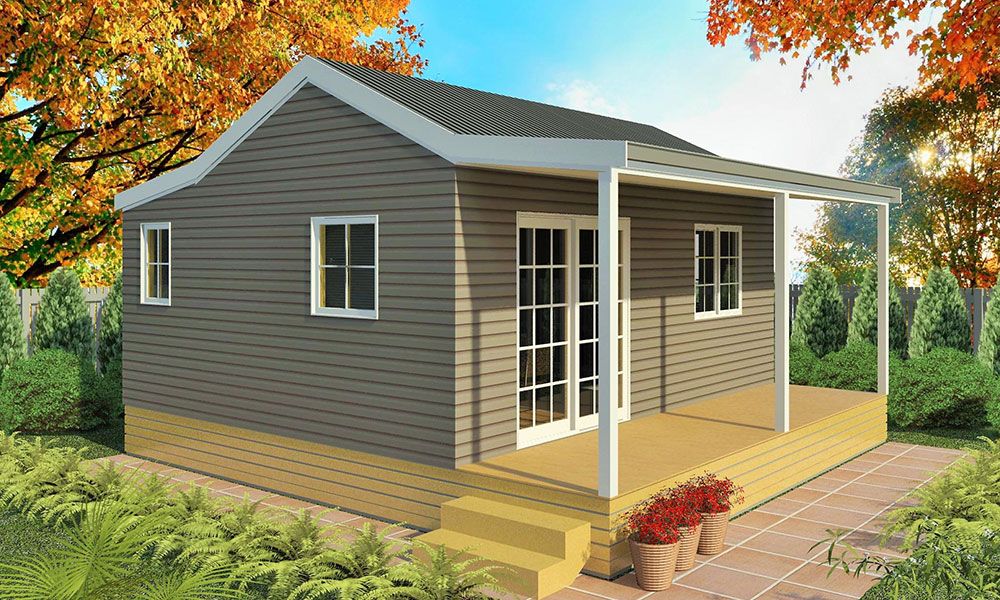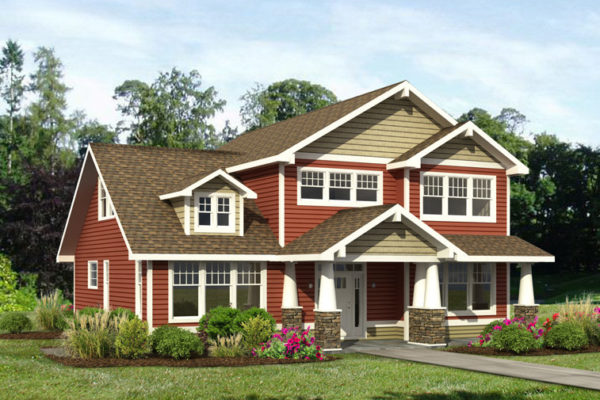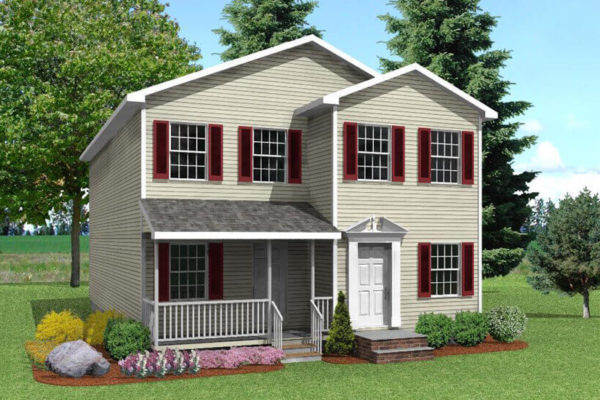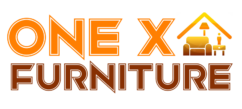
Modular and prefab homes are becoming increasingly popular as a sustainable and efficient option for homeowners. These types of homes are built off-site in a factory and then transported to the final location for assembly. This method of construction offers several benefits, including reduced construction time, lower costs, and improved energy efficiency. As more people become interested in sustainable living and design, the future of modular and prefab homes looks bright.
Benefits of Modular and Prefab Homes

- Reduced construction time: Modular and prefab homes are built off-site in a factory, which means construction time is significantly reduced. This can save homeowners time and money, as well as reduce the environmental impact of the construction process.
- Lower costs: Because modular and prefab homes are built in a factory, there is less waste and fewer materials are needed. This can result in lower costs for the homeowner.
- Improved energy efficiency: Modular and prefab homes are often built with energy efficiency in mind. The factory setting allows for precise measurements and installation, which can result in tighter seals and better insulation. This can lead to lower energy bills and a smaller carbon footprint.
- Customizable: Modular and prefab homes can be customized to meet the specific needs and preferences of the homeowner. This means that homeowners can choose the size, layout, and design of their home, making it a truly unique living space.
The Future of Modular and Prefab Homes

The future of modular and prefab homes looks bright as more people become interested in sustainable living and design. As technology continues to advance, we can expect to see even more innovation in this area. Some possible trends for the future of modular and prefab homes include:
- Increased use of renewable energy: Modular and prefab homes are already known for their energy efficiency, but in the future, we may see an increase in the use of renewable energy sources such as solar panels and wind turbines.
- Integration with smart home technology: As more homeowners adopt smart home technology, we may see an increase in the integration of these technologies into modular and prefab homes. This could include things like automated lighting and temperature control systems.
- Greater customization options: As technology continues to advance, we may see an increase in the customization options available for modular and prefab homes. This could include things like 3D printing and virtual reality design tools.
- Increased popularity: As more people become interested in sustainable living and design, we can expect to see an increase in the popularity of modular and prefab homes. This could lead to a wider range of options and greater affordability for homeowners.
Modular and prefab homes offer several benefits for homeowners, including reduced construction time, lower costs, and improved energy efficiency. As more people become interested in sustainable living and design, we can expect to see an increase in the popularity and innovation of these types of homes. The future of modular and prefab homes looks bright, and we can’t wait to see what new developments will arise in the coming years.
